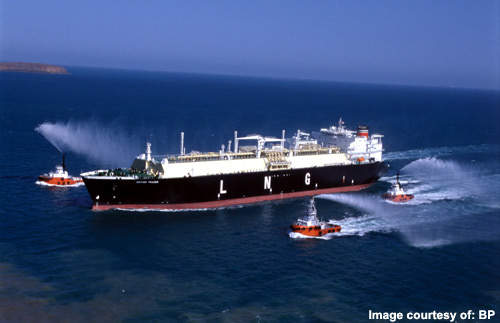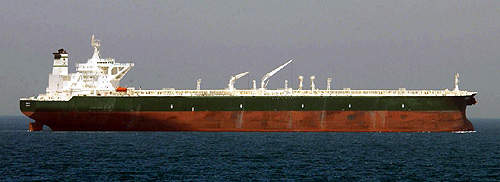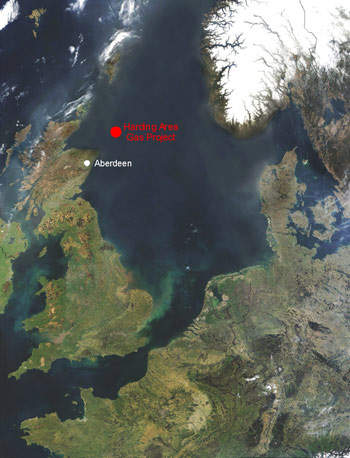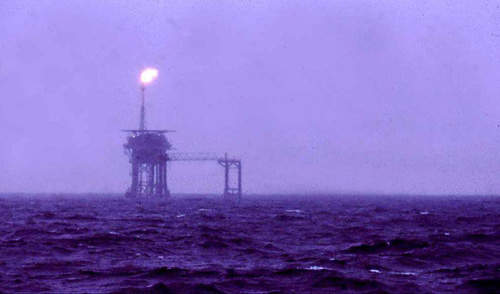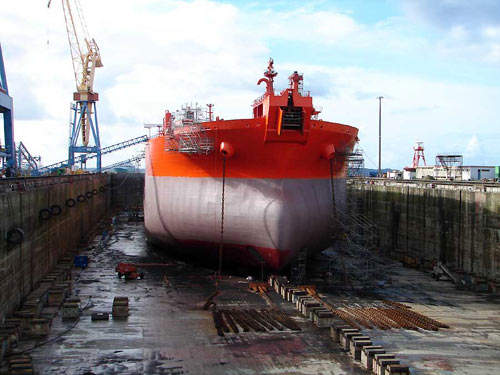In July 2006, BP and its partner Maersk Oil North Sea UK, announced the approval of the Front-End Engineering and Design (FEED) for the Harding Area Gas Project – marking the first stage of a project intended to allow gas production from the field and prolong its life beyond 2015.
However, less than a year later, in the face of increased development costs and the company’s own assessment of UK gas prices in the near-term, the project was ‘recycled’ as BP began to examine the potential of alternative approaches to developing the gas resources in the area.
THE HARDING PROJECT
The original project called for a new gas processing platform, which was to be bridge-linked to the existing Harding platform, with the capacity to process and export up to 400 million standard cubic feet of gas a day.
It also was to involve the subsea tie-back of the Devenick field, together with a new export pipeline connecting the gas platform to the pre-existing Brae transmission pipeline.
With the project effectively stalled, it remains to be seen what will ultimately become of the Harding scheme, which had been intended to both maximise gas in the North Sea and extend the life of the field beyond 2015.
The Harding field itself is located 200 miles north-east of Aberdeen in the BP-operated block 9/23b, in 110m of water. Discovered in February 1987 in acreage licensed to Britoil in the ninth licensing round, the oil lies in Eocene deposits at a depth of approximately 1,850m beneath the seabed.
The field was developed initially from two pools of oil – Harding Central and South – with two further pools being subsequently developed, namely Harding South East and Harding North, which was made possible by extended reach drilling. These reservoirs also contain gas, which the planned gas project was set up to exploit.
PRIMARY SEPARATION
The process relies on a single train approach for oil separation and gas treatment / compression, with oil processing involving two three-phase separators and a coalescing vessel. The oil is heated and its pressure reduced between the first stage and second stage separators to enhance the effectiveness of the separation and lower its rvp to meet the required specification for export.
Crude from the Harding field is heavy and naphthenic, making it of lower value than some North Sea crudes and leading to the decision to export it by tanker rather than co-mingle it in a pipeline.
The necessary offshore storage is provided within the concrete Gravity Base / storage Tank (GBT), which has a holding capacity of 580,000 barrels. Oil is pumped from the coalescing vessel to the GBT via the storage metering, before subsequently being pumped via export metering along a mile-long pipeline, which terminates at a submerged turret loading buoy, for eventual collection by shuttle tanker.
CURRENT GAS ARRANGEMENTS
Currently, gas is compressed by a two-stage centrifugal compressor, driven by a fixed-speed electric motor, with gas from the first stage of the process being dehydrated using TEG.
A proportion is drawn off between the two stages for use as fuel gas, with the remainder undergoing further second-stage compression before being pumped into wells which require gas lift, the excess being injected back into the central reservoir.
HARDING GAS PROJECT
The project had principally involved the tie-back of the Devenick gas field to a new gas processing platform to be installed alongside the existing Harding facility.
Options which were actively being considered for the necessary eight-mile tie-back pipeline were either an 8in-in-14in PIP system installed from a reel-vessel, or a pipeline bundle comprising an 8in-in-14in PIP and umbilical contained inside a 27in carrier pipe.
The initial subsea well at Devenick was to be connected to a four-slot manifold via a 103m cooling / heating spool – designed to allow the well fluids to cool prior to entering the pipeline – with an integral heating coil to reduce viscosity during a cold start and to prevent hydrate formation.
The development’s engineering was technically challenging and the FEED contractors – AMEC, JP Kenny and Production Services Network – were set to provide an innovative and practical approach for a robust and cost-effective solution.
HARDING ISSUES AND DELAYS
A number of issues have led to the current stop on the gas project with economic influences not least amongst them. The proposed development is reported to have failed to meet BP’s strict investment criteria as a result of increased costs and the UK’s anticipated near-term gas prices.
Questions have also been asked about aspects of the contract bid process and the scope of the work involved – with BP having added 2,400t of pre-assembled units to the 6,000t deck and requesting bids from yards which were not on the original shortlist.
Some industry sources have also suggested that BP’s Harding partner, Maersk, had expressed concerns regarding the potential effect of the project on their neighbouring Gryphon field.
With BP still seeming committed to maximising the use of the gas resources in the area, there has been talk of the possibility of an even larger scheme arising, but this would be at least a year or more away, pushing any start-up into 2011 – some three years behind the original plan.


